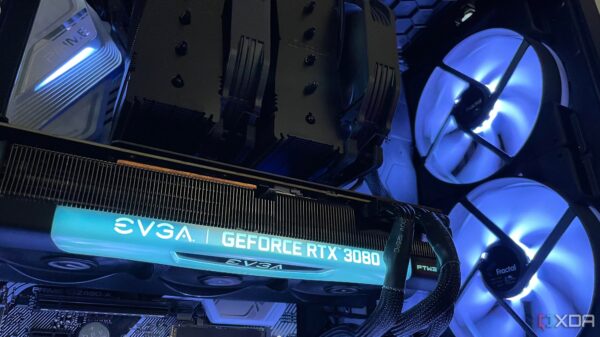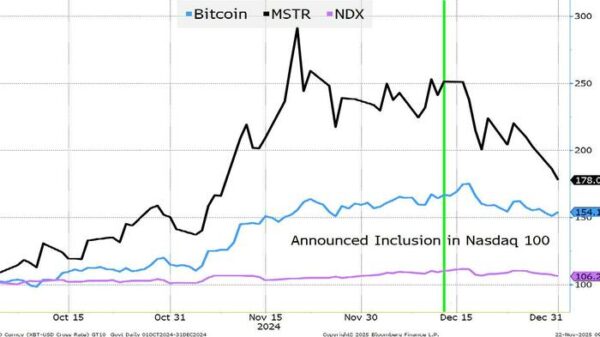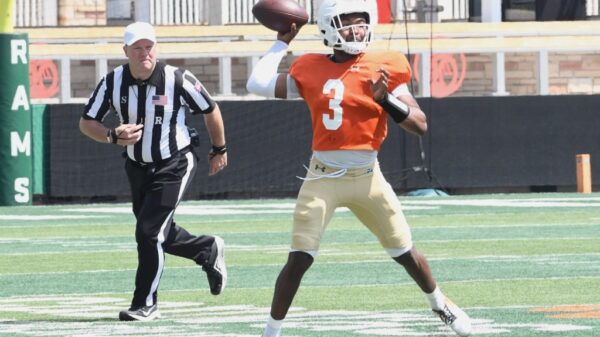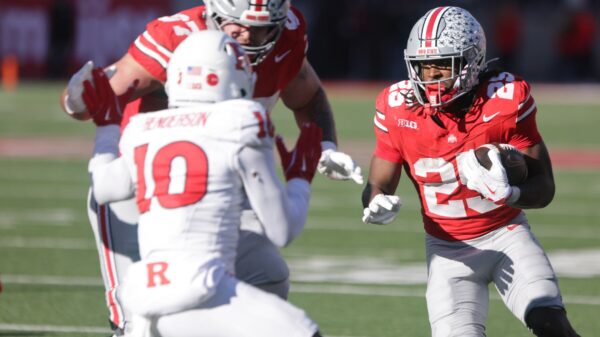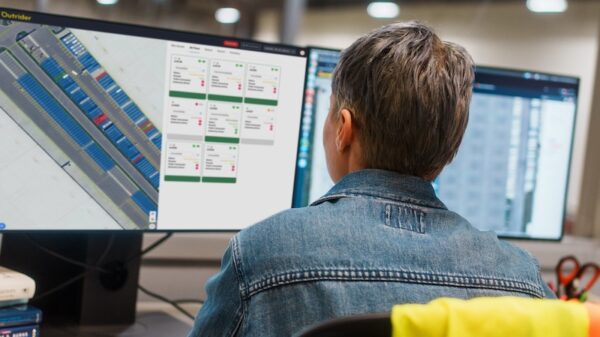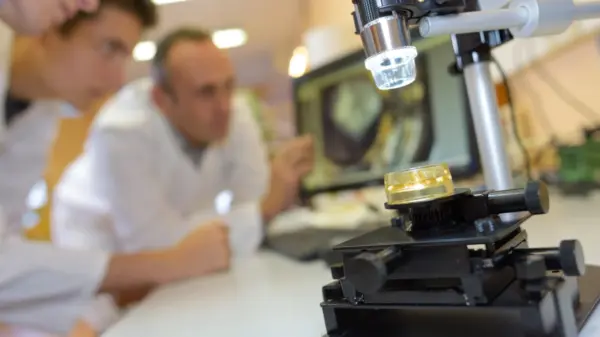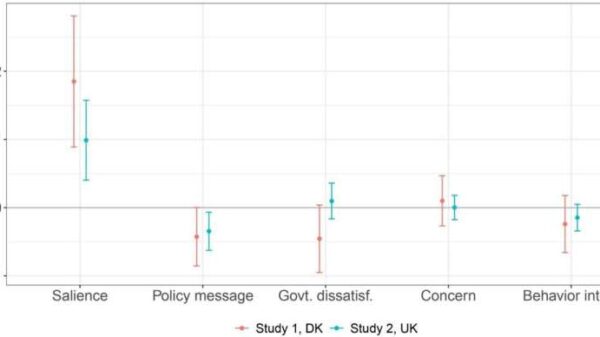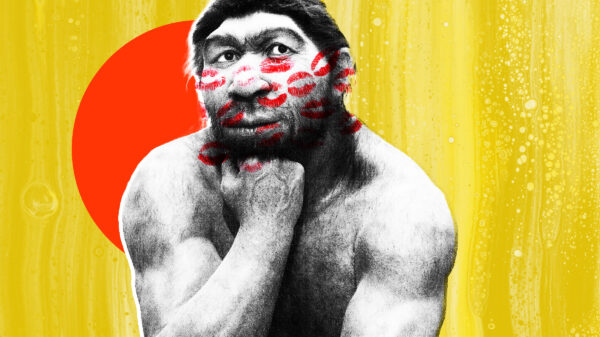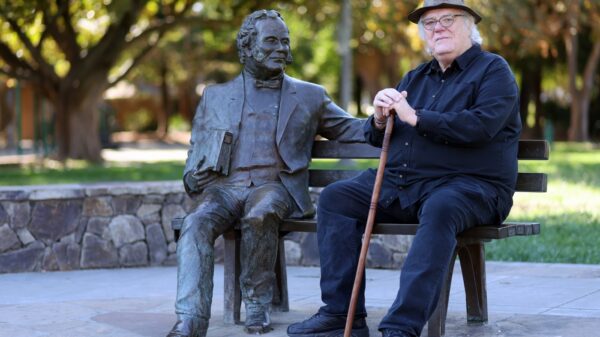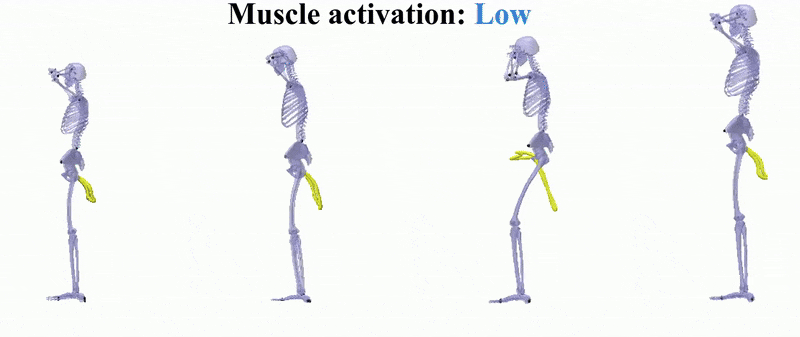Researchers at the University of California San Diego have developed a groundbreaking model that leverages generative AI to assist in the prevention and rehabilitation of injuries among athletes. Named BIGE, which stands for Biomechanics-informed GenAI for Exercise Science, this innovative tool not only aims to reduce the occurrence of injuries but also enhances training efficiency.
The model is designed to analyze athlete movements while considering the biomechanical constraints of the human body, such as the maximum force a muscle can generate. By doing so, BIGE can produce realistic videos of movements that athletes can replicate to minimize injury risk during training. Additionally, it offers customized motion sequences for athletes recovering from injuries, allowing them to maintain their exercise routines safely.
Innovative Approach to Athlete Training
According to Andrew McCulloch, a distinguished professor in the Shu Chien-Gene Lay Department of Bioengineering at UC San Diego and a senior author of the study, “This approach is going to be the future.” To their knowledge, BIGE is the first model to effectively combine generative AI with realistic biomechanics.
Traditional generative AI models often produce movements, like squats, that do not adhere to the anatomical and mechanical limits of real human motion. In contrast, existing methods that do not utilize generative AI require extensive computational resources, making them less practical for widespread use. The researchers trained BIGE using data obtained from motion-capture videos of individuals performing squats, translating these movements into 3D-skeletal models. This process allowed them to create more physically realistic motions by calculating and applying the appropriate forces.
As the research progresses, the team aims to expand BIGE’s capabilities beyond squat movements and personalize the model for individual users. Rose Yu, a professor in the Department of Computer Science and Engineering at UC San Diego and a co-author of the study, noted that “This methodology could be used by anyone,” highlighting its potential applicability to diverse populations, including assessing fall risks among the elderly.
Presenting Groundbreaking Findings
The research team presented their findings at the Learning for Dynamics & Control Conference, held in Ann Arbor, Michigan, in March 2024. The interest in injury prevention and rehabilitation in sports is growing, and innovations like BIGE could play a critical role in shaping future training regimens.
As athletes and trainers seek new ways to enhance performance while minimizing injury risks, generative AI models such as BIGE represent a significant advancement in sports science. By merging advanced technology with biomechanical insights, researchers at UC San Diego are paving the way for a future where athletes can train smarter and recover more effectively.



